The SF23, a joint venture between Dallara and Super Formula, will rely on cutting-edge artificial intelligence (AI) technology to navigate and defeat its opponents.
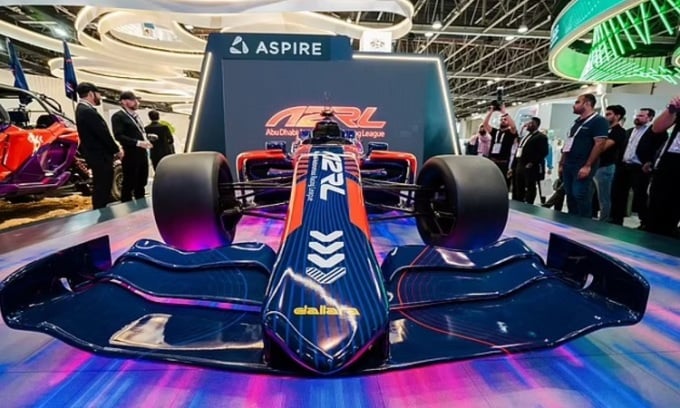
The SF23 model on display at a technology conference. Photo: Dallara
The Italian carmaker unveiled its driverless car at the Gitex technology conference in Dubai on October 16 ahead of the first autonomous race next April at the Yas Marina circuit in Abu Dhabi, United Arab Emirates. Instead of relying on human drivers’ skills, 10 teams of engineers will compete to design the smartest algorithms to beat each other and win a $2.25 million prize.
Due to technological barriers, previous auto racing series have only allowed a maximum of two cars to compete at a time. The new A2RL series will be the first to allow multiple cars to compete, although the exact number has not been disclosed due to safety concerns.
The 690kg SF23 is equipped with cameras all around the car, providing 360-degree visibility, along with a GPS system to determine its position on the track. In addition, both radar and LiDAR laser sensors can detect obstacles and other cars and estimate distances. All of this will be controlled by a computer in the driver's seat. The car's design does not require a team in the control room to monitor fuel, tire pressure and wear, because the data is fed into the car's computer. A complex algorithm reads all the data almost instantly and drives the car autonomously on the track, learning how to go faster with each lap.
Dr Tom McCarthy, CEO of ASPIRE, the race organiser, said they have not yet tested the prototype with real drivers for safety reasons, but the car can certainly beat humans because of the faster reaction times of the computer. "The focus is now less on the skill of the driver and more on the technology, programming and machine learning algorithms that allow the car to navigate the track at breakneck speeds. Each team will be given the same car and will work on improving the software to make it as fast as possible," McCarthy explained.
Scientists have been developing autonomous racing cars for years, though this is the first time multiple cars have competed at once. In 2015, a team at Stanford University designed an Audi TTS that could reach speeds of 120 mph and beat a human race by 0.4 seconds.
An Khang (According to Mail )
Source link










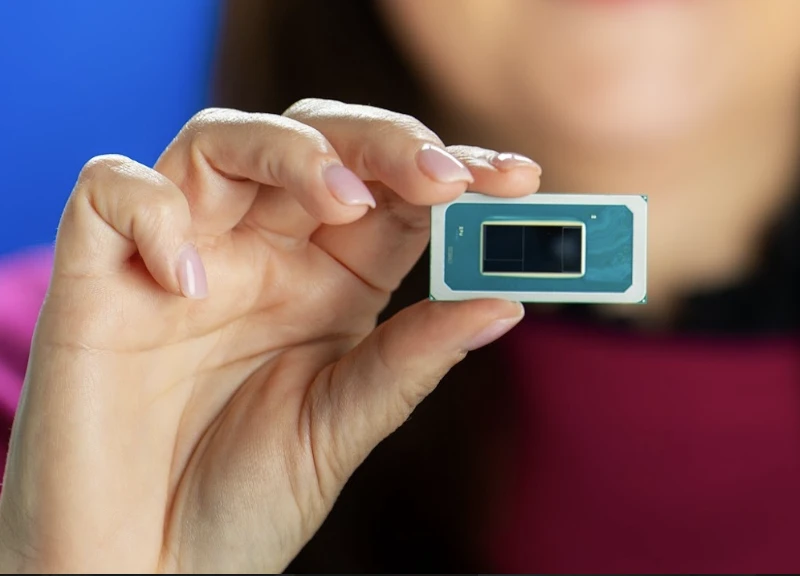

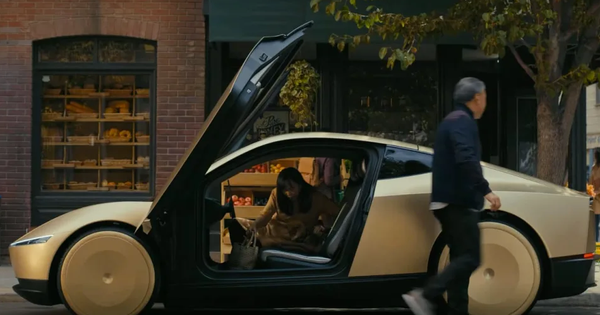


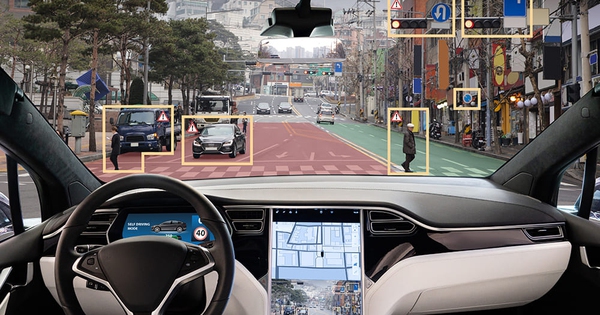

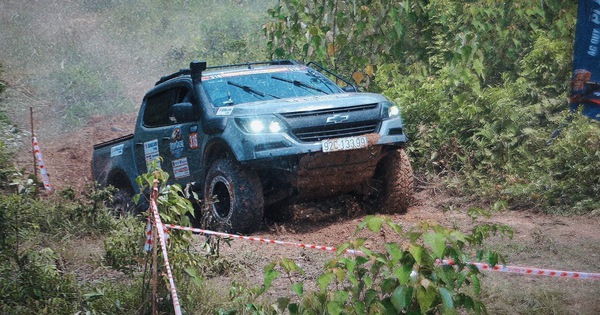





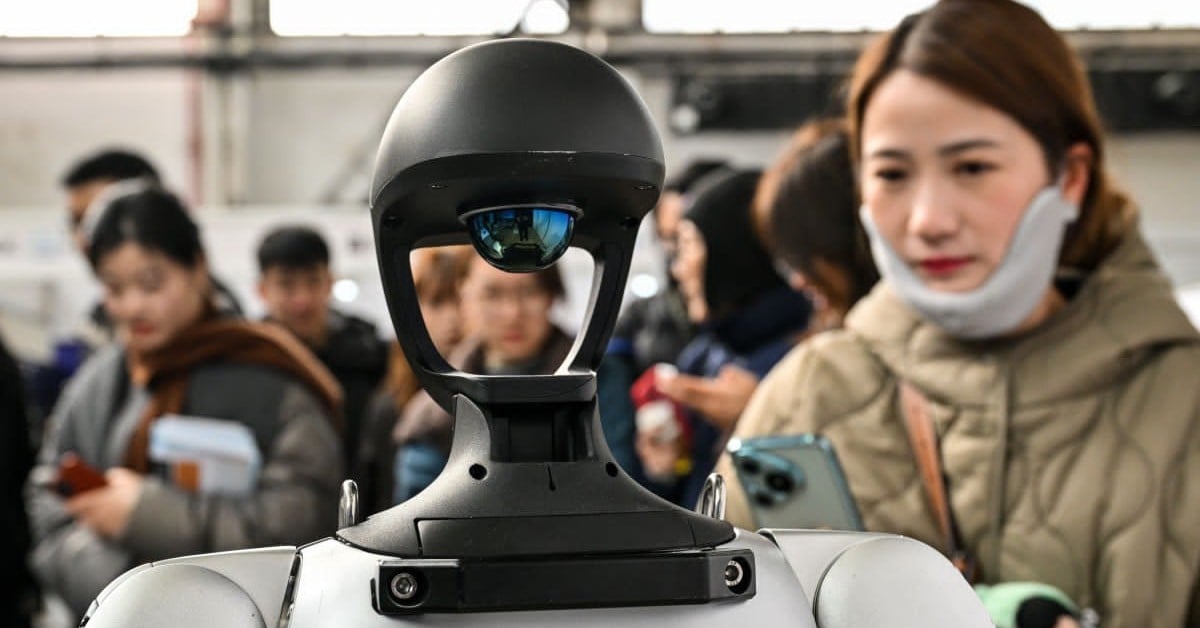
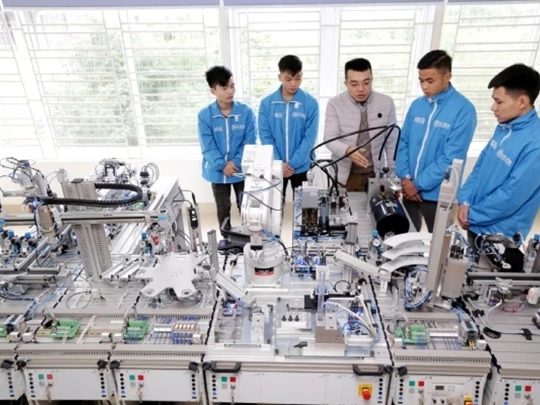


















![[Photo] Prime Minister Pham Minh Chinh chairs Government Conference with localities on economic growth](https://vstatic.vietnam.vn/vietnam/resource/IMAGE/2025/2/21/f34583484f2643a2a2b72168a0d64baa)

























































Comment (0)